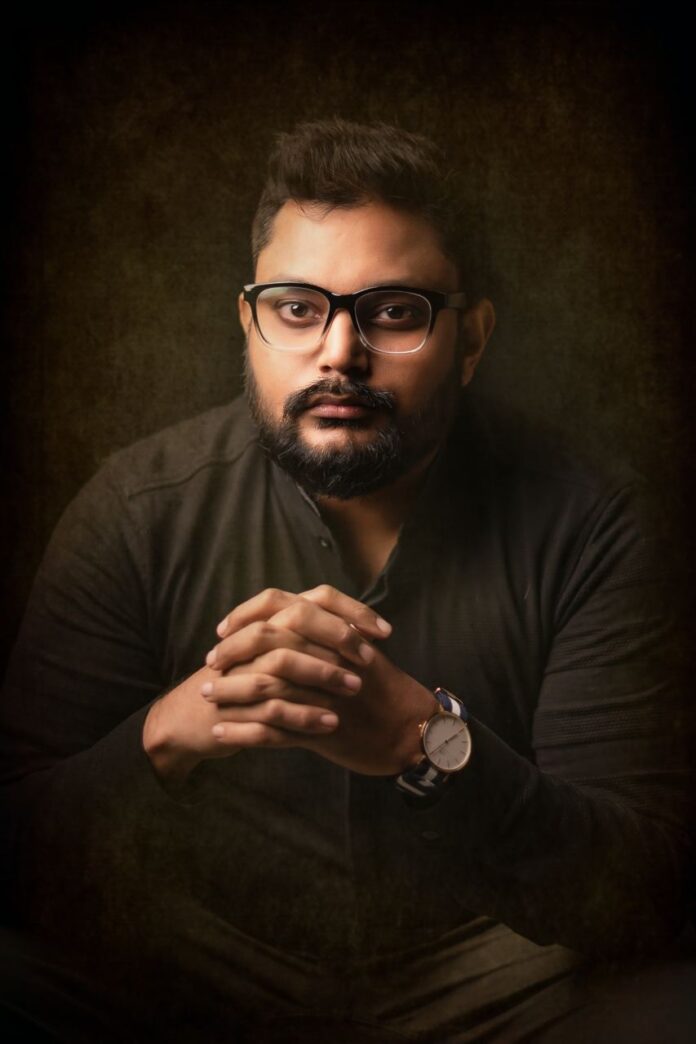Aatika S | Twocircles.net
Aatika S. interviews Rishab Dahiya, a dalit photographer and a filmmaker who is famous for clicking powerful pictures of members of his community.
Q: Why do you click Dalits? How are they different from your usual subjects?
RD: As a photographer from Dalit community, I find immense beauty in capturing the essence of my community. When I shoot someone from a Dalit background, I feel an unmistakable sense of belonging. It’s about appreciating our individuality, perseverance, and tales. Through my lens, I hope to highlight the beauty and strength that we all possess. Every click demonstrates the legacy and untold stories that ought to be recognised and heard.
Q: How important is caste identity and lived experience in the field of photography?
RD: As a photographer from a marginalised caste, I can connect with people from a marginalised caste via shared lived experiences, which I believe adds authenticity and depth to the art form. Photographers from marginalised backgrounds, such as Dalits, have a deep awareness of their communities’ hardships and aspirations. Incorporating caste identity and lived experiences in photography fosters inclusivity, diversity, and social awareness, challenging existing narratives and promoting positive change.
Q: Should Dalits be only photographed by Dalits?
RD: I don’t believe there should be any restrictions on who works with whom. The issue is of the Savarna gaze. Any savanna photographer who shoots with a Dalit person should be aware of the power dynamics and avoid perpetuating stereotypes. Collaboration between Dalit and non-Dalit photographers may result in a variety of perspectives, but it must prioritise respectful and empowering representation. The emphasis should be on challenging the oppressive gaze, recognising privilege, and highlighting the voices and agency of the community being photographed.
Q: As a Dalit yourself, how has this field treated you so far and what have been the challenges that you have faced?
RD: I’ve been in the fashion and entertainment industry for about ten years, and from my perspective, the most important thing one needs to grow in this field is social capital. In fact, I would argue that if one has enough social capital, things will work out for them even if they are not the most talented, experienced, or hardworking person in the room. They will be given significantly more chances than anyone else. The fashion and entertainment industries are not just exclusive, but also elite, with a clear class and cultural divide. All of these things are directly tied to a person’s caste location.
I didn’t know anyone in the field when I first started, so I worked for a lot of people without getting compensated, which is another type of exploitation one confronts when their so-called ‘mentor’ isn’t a family friend or an uncle’s acquaintance. I acquired visibility thanks to social media which is a terrific tool for people who have no relationships in the field.
Q: Why do you think there is a severe lack or appropriation of marginalised communities and their culture in the creative art industry?
RD: The art world is an elite one, with most people belonging to a certain privileged class and caste. These individuals prioritise and highlight the opinions and experiences of mainstream or privileged groups. As a result, various perspectives and stories are marginalised and erased. Second, there is a lack of representation and diversity in the industry, with few possibilities for people from marginalised groups to access and participate in creative spaces. Furthermore, appropriation of marginalised cultures is motivated by a lack of understanding, empathy, and cultural sensitivity. As a result, appropriation takes precedence over responsible and respectful storytelling, requesting permission, collaboration, and amplification.
Q: How important is privilege and generational wealth in pursuing an alternative career like photography?
RD: Privilege, such as access to good education, financial stability, and social connections, can provide individuals with advantages and opportunities that are not available to everyone. It can provide access to tools, guidance, and platforms that can help you pursue a creative profession. Generational wealth can provide financial safety net that allows people to take chances, invest in equipment, education, and self-promotion. It can relieve some of the financial constraints and limits that prospective photographers may experience, allowing them to concentrate more on their craft.
Q: Please talk about your latest project and why it is important for you.
RD: I am working on a documentary which is a journey to understand love through the lens of the marginalised. The film follows the lives of individuals and couples from various identities including trans, queer, inter-religious, inter-caste, polyamorous, and disabled people. At its heart, this film is a political statement, questioning the historically limited and exclusive definition of ideal love. Love is not only a personal feeling, it also includes a political component. Those who love outside of the norm have to fight cultural norms, families, friends, and even themselves. When you don’t fit inside society’s heteronormative box, falling in love takes guts.
Love’s accessibility is also a major element in this film. In India, for example, there is a clear taboo against people in love from different social backgrounds. When individuals fall in love despite society’s harsh and regressive standards, violence often takes various forms. This documentary will provide a deep and powerful look at the meaning of love and its political ramifications by emphasizing these experiences.
Aatika S is a fellow at the SEED-TCN mentorship program.


